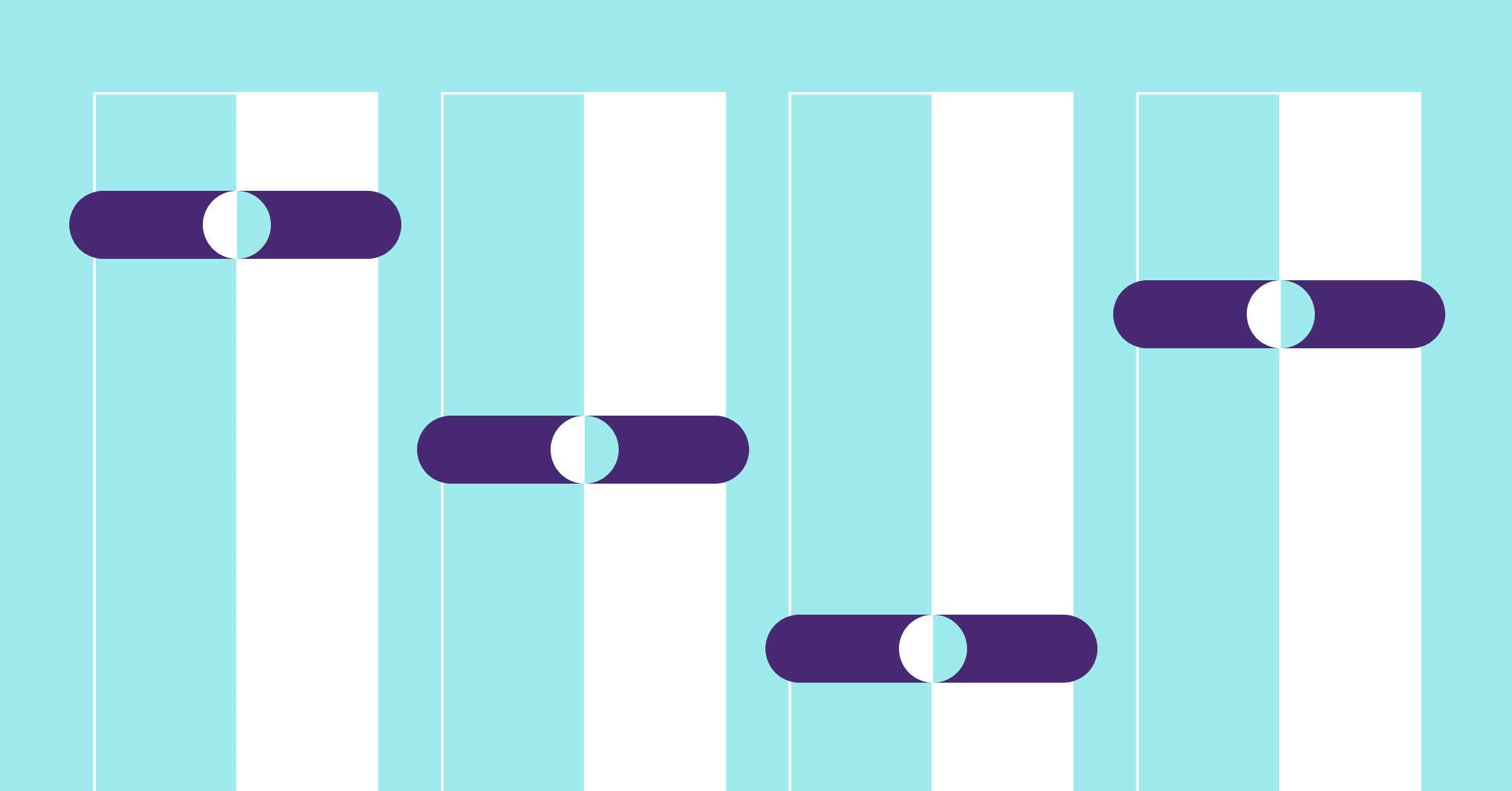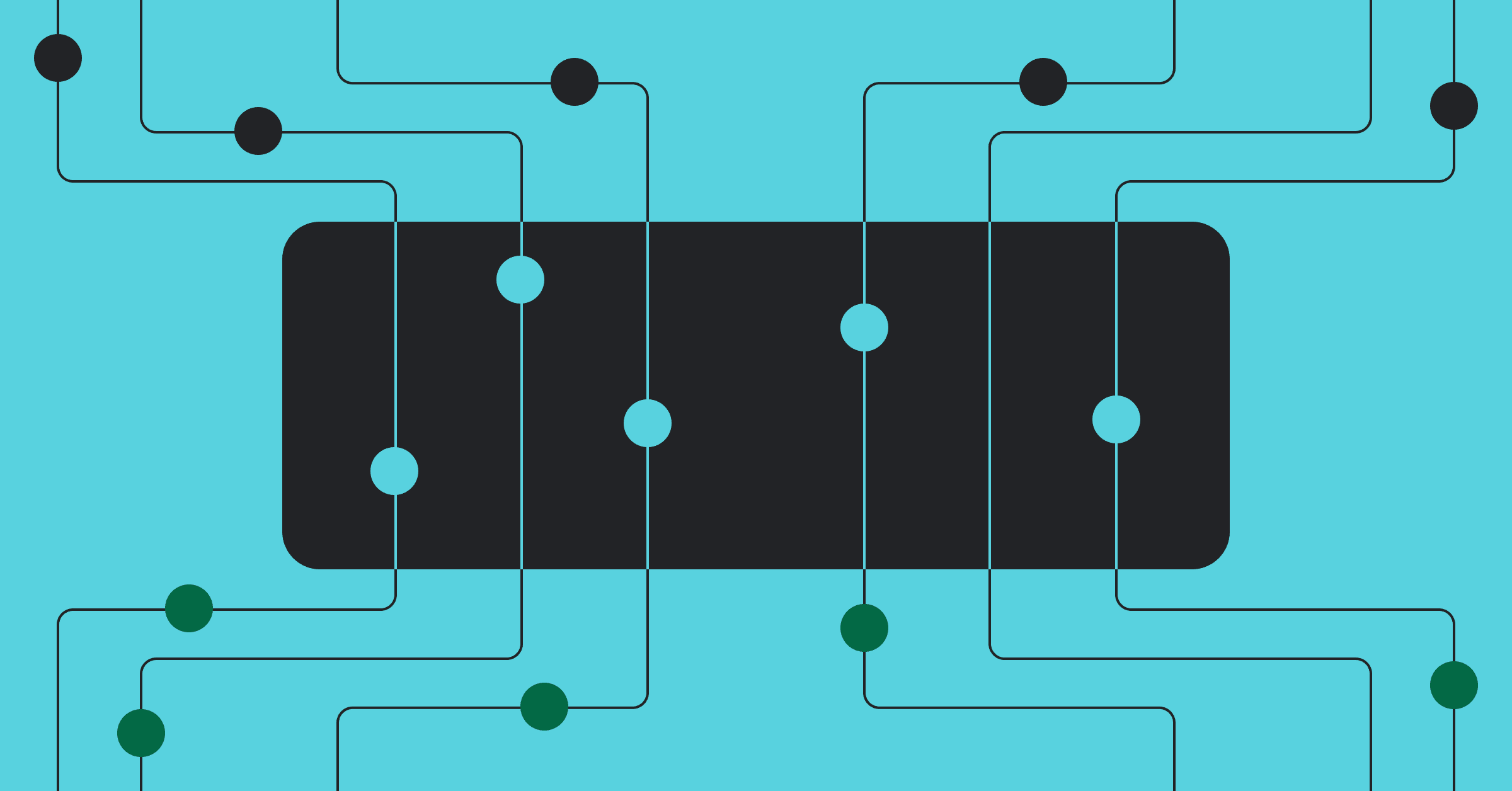The evolution of developer experience (DevEx) to developer productivity represents a significant shift in how engineering organizations approach their internal technology strategies. In this exploration, Chris Chandler, a member of technical staff at T-Mobile, shares insights from his seven-year journey transforming how T-Mobile approaches developer tooling, platform integration, and productivity engineering.
Developer experience has evolved from perks to integrated workflows
Developer experience has transformed dramatically over the years. What once began as perks-focused initiatives—the foosball tables and free meals—has evolved into a more sophisticated discipline centered on developer workflows and platform integration.
At T-Mobile, this evolution was born from practical necessity. As Chris explains, "I can only do so much around the inner loop or the local development environment. You need to start thinking beyond that and start thinking about, okay, with all the tools that they take or that they need to build whatever it is they're shipping, how does that glue together?"
This perspective frames developer experience as the visible part of the iceberg—the components developers directly interact with during their daily work. But truly impactful developer experience work requires looking beyond surface-level interactions to consider the entire development lifecycle and how different tools and platforms integrate.
The shift represents a maturation of the DevEx discipline from focusing purely on developer happiness to addressing the complex interplay between developer satisfaction and business outcomes. While developer happiness remains a goal, the approach has expanded to include platform engineering principles that enable entire value streams rather than just optimizing isolated parts of the development workflow.
Shifting to developer productivity drives business outcomes
Developer productivity emerged as the natural evolution of developer experience efforts, shifting focus toward measurable outcomes and business impact. Where developer experience deals with what developers directly touch and feel, productivity addresses the "invisible" parts of the iceberg—the infrastructure, tooling, and processes that should ideally be seamless and frictionless.
Chris describes this balance as serving two distinct customer groups: "I've got two different customers in this world. I've got my higher-ups who want to see that return on investment. They want to see the multiplier effect of using common bits and then I've got the developers."
This dual customer perspective requires careful navigation. Leaders want to see ROI and measurable improvement, while developers need smooth experiences that don't impede their ability to deliver value. The productivity engineering approach must satisfy both groups simultaneously, which is where systems thinking and data-driven decisions become critical.
The focus on productivity also involves removing things developers shouldn't have to worry about. For example, ensuring container base images are secure and well-maintained, so developers can focus on their primary responsibility: creating business value through code. This perspective recognizes that many operational concerns should be abstracted away so developers can concentrate on their core competencies.
How T-Mobile builds developer productivity through incremental wins
Building a dedicated productivity engineering organization is an ambitious goal that requires incremental steps and proven value. While Chris aspires to create a comprehensive, product-led organization focused on developer productivity as a complete value stream, he recognized that starting small was essential.
"For the longest time, I've been pitching that we need a giant developer productivity engineering organization," Chris explains. "I've been pitching that it needs to be product-led, and there's this product layer on top that thinks about developer productivity as a value stream, and really has a product mindset."
Rather than waiting for executive approval of this comprehensive vision, Chris adopted a pragmatic approach. He started with practical improvements like common Helm charts and base images, developed with minimal resources and without formal permission. This "Rebel Alliance" approach allowed his team to demonstrate value through small wins before requesting larger investments.
This incremental approach is particularly important when executives aren't naturally thinking about developer productivity. By creating measurable improvements and associating them with business outcomes, engineering leaders can make the case for continued investment in productivity initiatives. Each success builds credibility for the next, larger initiative.
One of T-Mobile's most significant productivity initiatives is the Starter Kits platform, which provides a comprehensive approach to scaffolding and deploying applications. The platform goes beyond code generation to include CI/CD pipelines, security libraries, and standardized infrastructure components, creating a turnkey solution that enables developers to be productive from day one.
Systems thinking removes bottlenecks in software delivery
At the core of T-Mobile's developer productivity strategy is a systems thinking approach that views the entire software delivery lifecycle holistically. This perspective helps identify and address bottlenecks iteratively, improving the overall flow rather than optimizing individual components in isolation.
"If you sort of take a systems thinking approach, you really want to apply that theory of constraints, and go find the bottlenecks, and iterate, and keep attacking those," Chris explains. This iterative approach to finding and eliminating sources of friction has guided T-Mobile's productivity work.
This systems perspective also informs how Chris and his team address the organizational aspects of productivity. They focus on the gaps between specialized platform teams, creating solutions that bridge those gaps and reduce friction at the interfaces between different tools and systems.
Key principles that guide this work include:
- Composability and reuse: Creating modular components that can be assembled in different ways
- Sensible defaults: Reducing cognitive load by making the right decisions the easy decisions
- Measurable outcomes: Focusing on data to demonstrate the impact of productivity initiatives
- Cross-team collaboration: Working across organizational boundaries to create holistic solutions
By taking this systems approach, T-Mobile can address productivity challenges that span multiple teams and platforms, creating cohesive experiences rather than point solutions.
Developer productivity at T-Mobile has evolved from a focus on developer happiness to a comprehensive approach that addresses the entire software delivery lifecycle. By balancing the needs of leadership and developers, taking an incremental approach to building capability, and applying systems thinking, T-Mobile has created a productivity strategy that delivers measurable business value while improving the developer experience.
This journey highlights the importance of data, incremental progress, and cross-team collaboration in building effective developer productivity initiatives. As organizations continue to recognize the strategic importance of developer productivity, T-Mobile's approach offers valuable lessons in how to make meaningful progress while building toward a larger vision.




